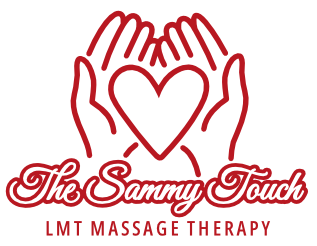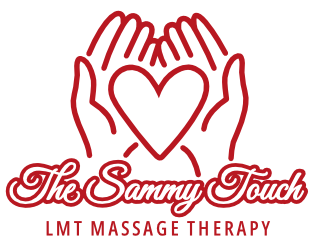I dove into one of the world’s best massage therapy schools, Kikkawa ICT in Toronto, Ontario, Canada. This intensive experience came right after a profound period of solitude on the Greek island of Skopelos. There, I would swim and fish daily near the ancient Roman bathhouse in Loutraki, remnants of the city of Selinous.
This time abroad deepened my appreciation for the long history of therapeutic touch. Historical evidence strongly suggests that the roots of therapeutic massage originate in India as part of the holistic Ayurvedic system, dating back over 3,000 years (c. 3000 BCE). The Greeks and Romans, including figures like Hippocrates, were influenced by these practices and incorporated them into their daily lives and social rituals like the ones at the ancient baths of Skopelos. You can find more information on the Roman Baths of Skopelos here: Roman Baths Skopelos.
This deep cultural reverence for touch is something I believe the modern world desperately needs to rediscover. Especially in a world that often struggles with the sad state of non-touching, unlike cultures such as Thailand where massage is a daily part of living. Also, did you know that during the First World War, Canadian nurses were often trained in massage therapy and provided this crucial care to wounded soldiers as a daily part of their medical treatment. Massage therapy and nursing were, in many ways, considered the “same gig”—a way to soothe, aid recovery, and manage pain. It was only later that the professions separated as massage therapy became a distinct, regulated profession in Ontario starting in 1919.
I learned that healing isn’t about applying pressure, it’s about creating space for the body to heal itself, whether through the hands or the heart. This became crystal clear during my time in the Master’s of Psychotherapy program, where I was fully engaged, earning A’s and immersing myself in a psychotherapeutic modality, Compassionate Inquiryuiry® (CI). After completing CI, I thought I was on the path to becoming a psychotherapist, but through all the studying, mentoring, and hours spent in deep sessions, I discovered something profound—healing isn’t about the techniques or pressure we apply per se; it’s about the presence we bring.
Thus, healing, I learned, happens in presence, not in pressure.
When we create this healing space in the body, we are actively harnessing your body’s innate power: massage stimulates the release of endorphins, which are your body’s natural pain medicine, acting on the same receptors as opiate drugs to reduce pain perception and boost mood—all without pharmaceutical intervention. This is why I view my work as guiding you back to yourself and your own physiology.
It’s like walking in your own forest—I can guide you, but you have to walk it yourself. I’m not here to be the expert, the guru, or the all-knowing. My role is to help you feel safe enough to walk your own path, to explore the forest of your body and soul. I can’t make you walk. But when you’re ready, I’ll help you listen to your body, to honor it, and to guide you to your own healing.

